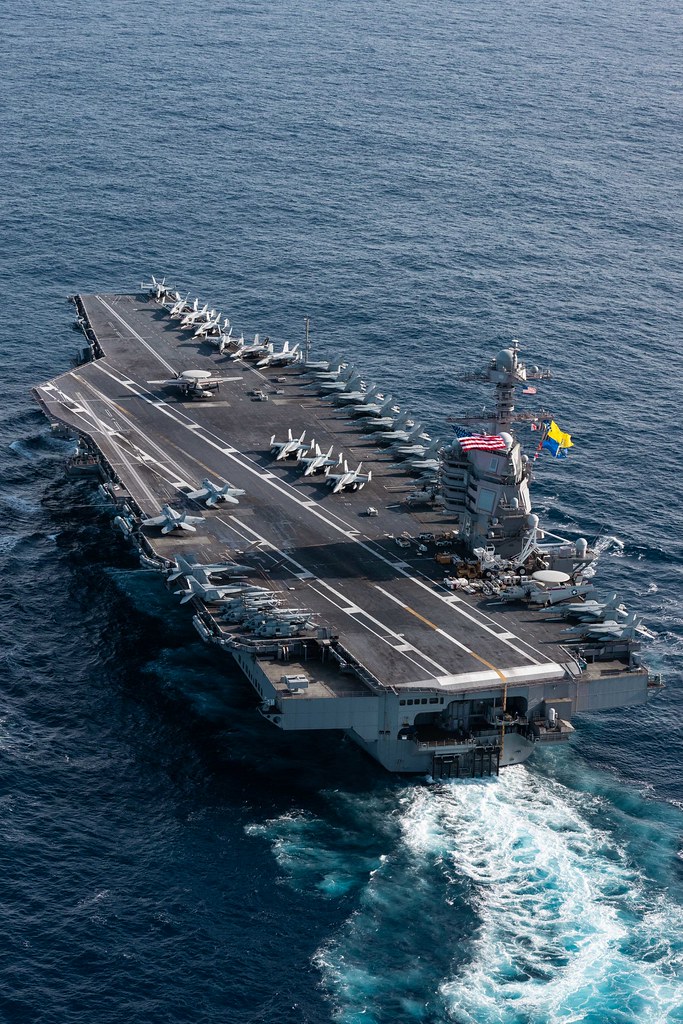
The once uncontested symbols of naval might, the behemoth aircraft carriers, are now facing scrutiny as evolving military technologies and strategies are challenging their future role and effectiveness.
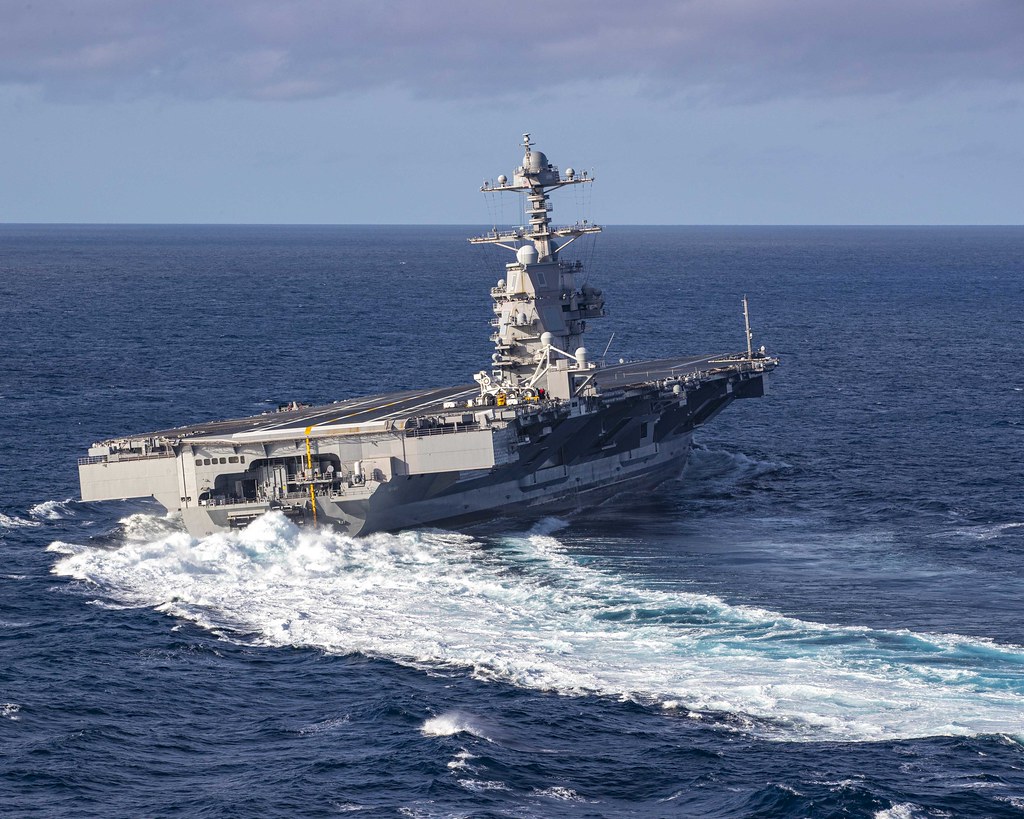
As the Navy’s investment in aircraft carriers continues with projects such as the Gerald R. Ford-class carriers, their vulnerabilities to sophisticated missile threats have raised concerns about their continued dominance in naval warfare.

Costing upwards of $13.3 billion each, these nuclear-powered supercarriers are not only the most expensive warships but also increasingly tempting targets for adversaries.
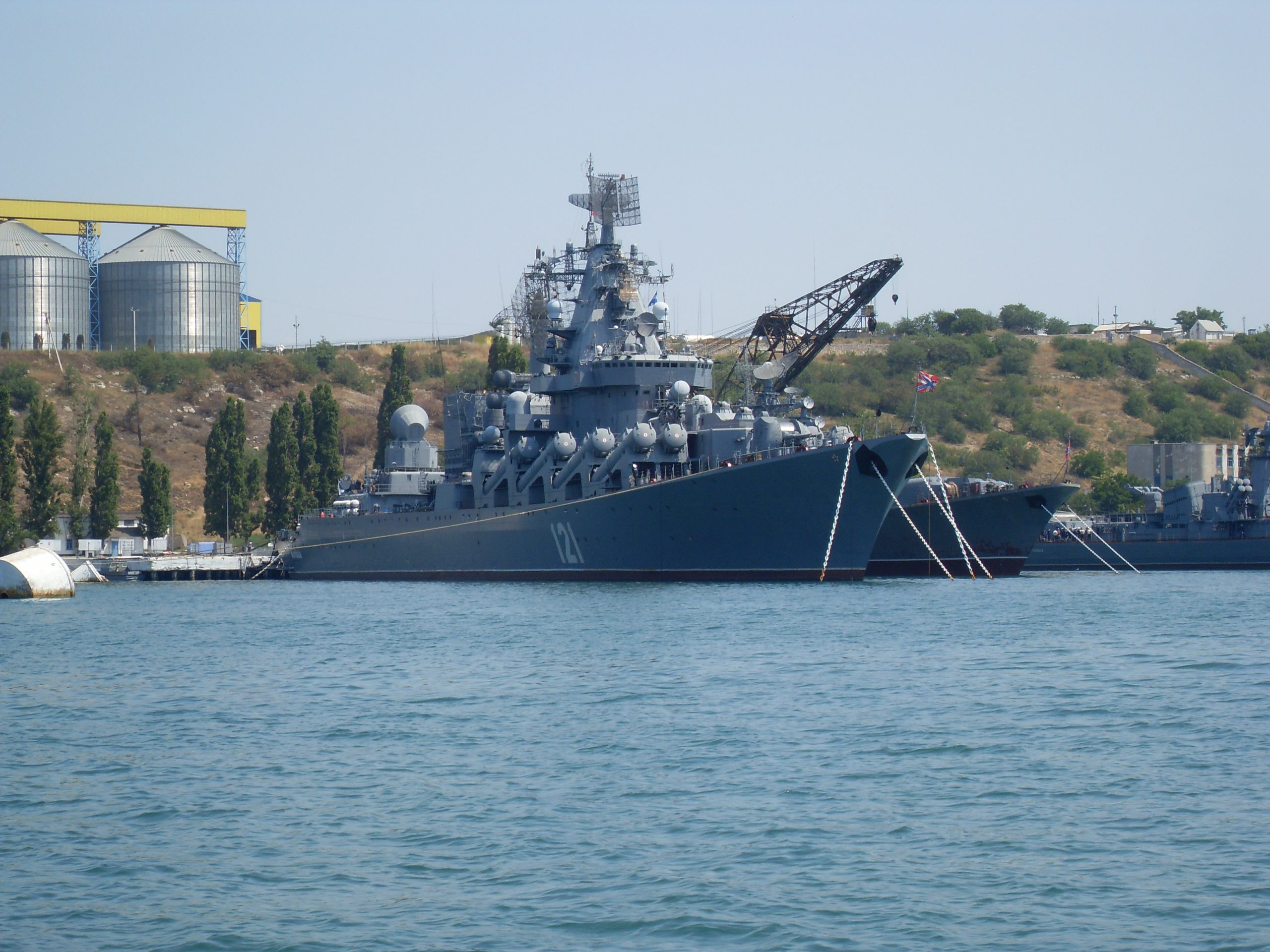
The shift in power dynamics is evident as countries like non-state actors, such as the Houthi Rebels in Yemen, have demonstrated the capability to threaten US naval supremacy with relatively inexpensive but effective anti-ship missiles.

The stark reminder of the vulnerability of large surface ships, including aircraft carriers, came with the sinking of the Russian missile cruiser Moskva in April 2022. The loss of Moskva due to a Ukrainian missile strike symbolized a significant moment for military analysts to reconsider the value of these maritime titans.
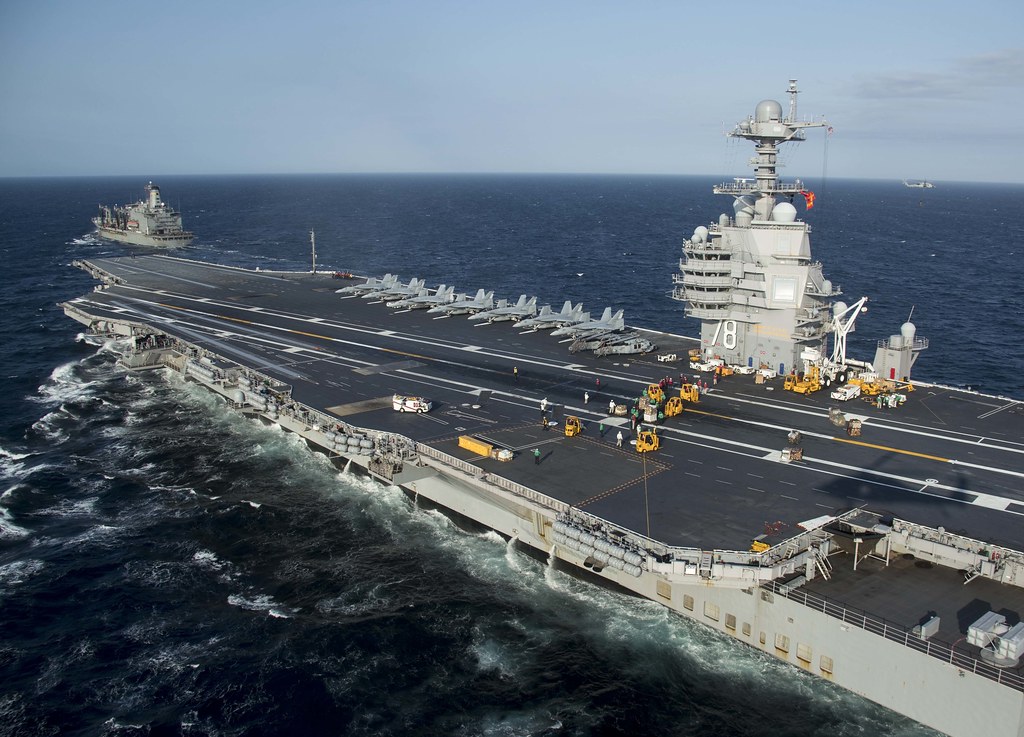
The incident sent shockwaves through the defense community, reinforcing the idea that modern warfare might be moving away from colossal naval ships to smaller, more versatile, and less vulnerable systems.
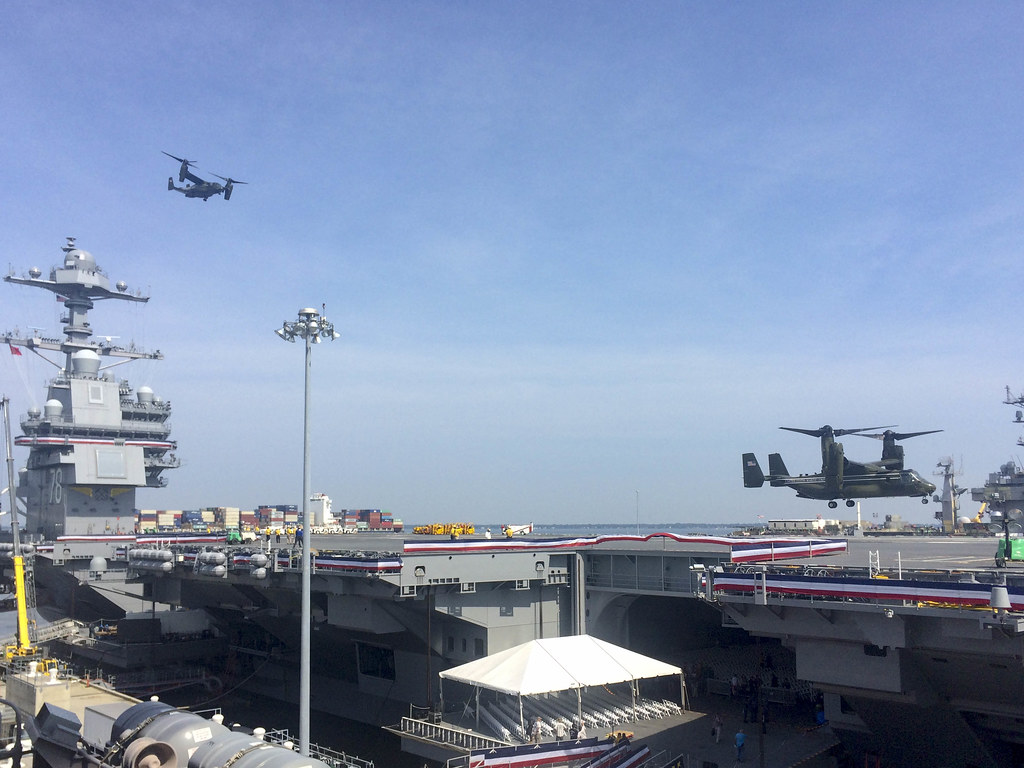
The notion of replacing carriers with more agile surface ships and submarines, alongside investment in emerging technologies such as hypersonics and space weapons, is becoming increasingly prevalent.
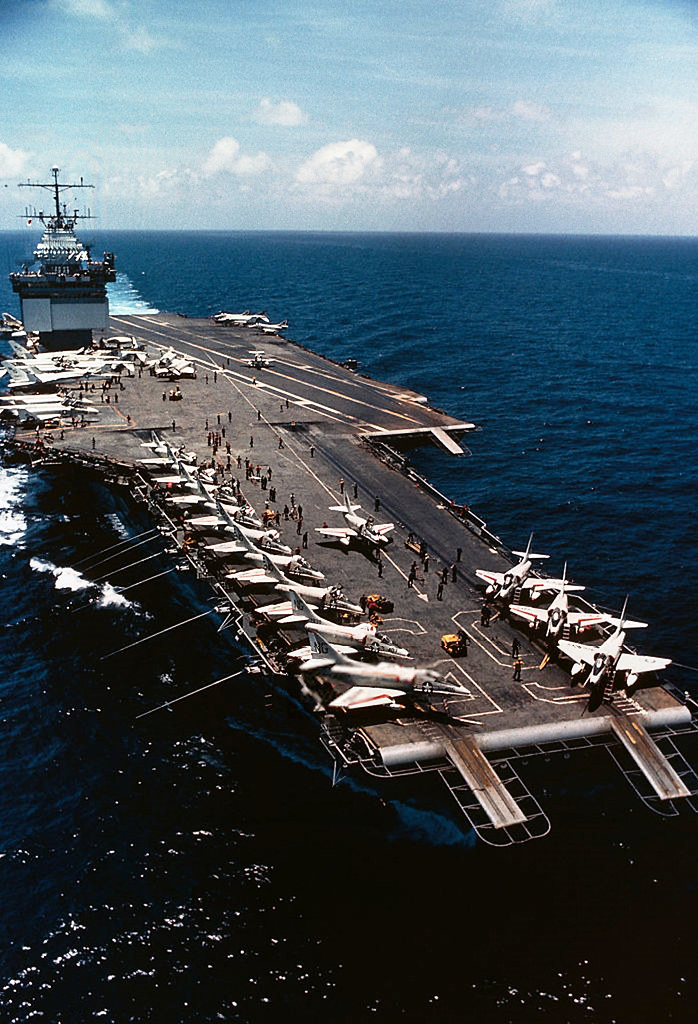
This viewpoint is strengthened by the fact that the US Navy is experiencing delays with its new carriers, such as the USS Enterprise (CVN-80), now postponed by 18 months due to supply chain issues and material availability.
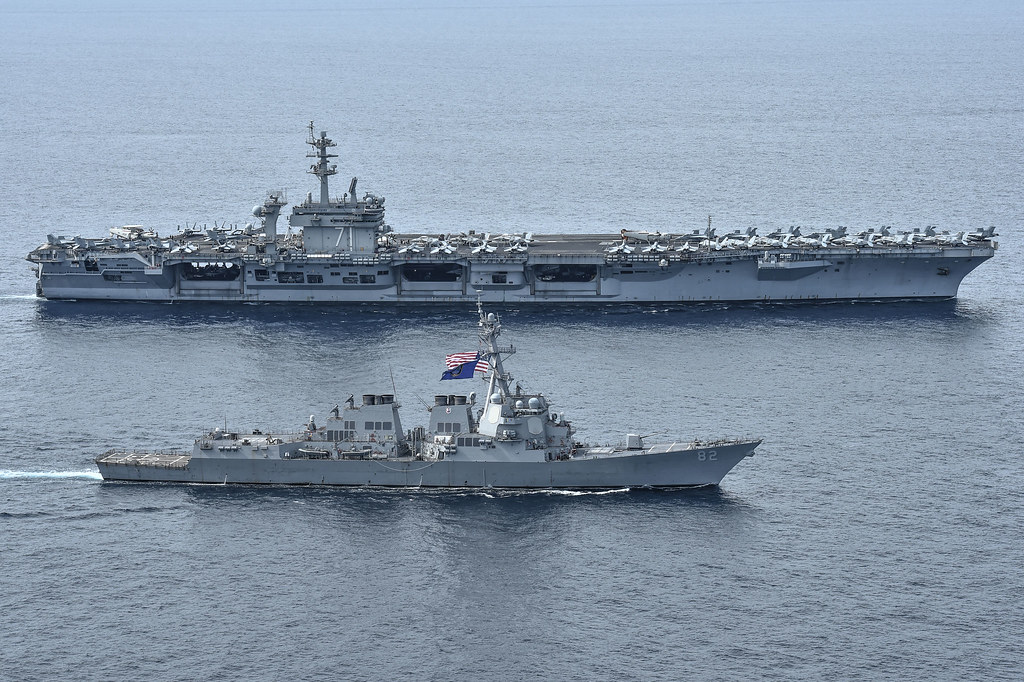
Additionally, the purchase of the next carrier, CVN-82, has also been pushed from Fiscal Year 2028 to 2030, further signaling the need for a strategic pivot in naval warfare approaches.
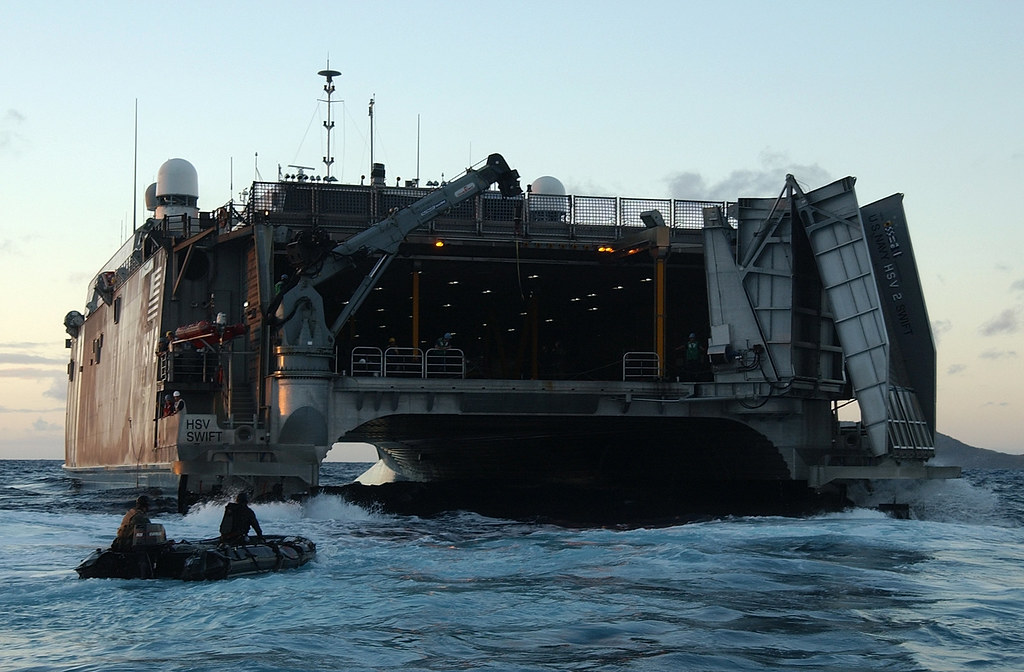
While aircraft carriers have served as a cornerstone of American naval strategy since World War II, their day also seems to be passing. The emergence of unmanned underwater vessels (UUVs) and other unmanned systems presents a new revolution in naval warfare.
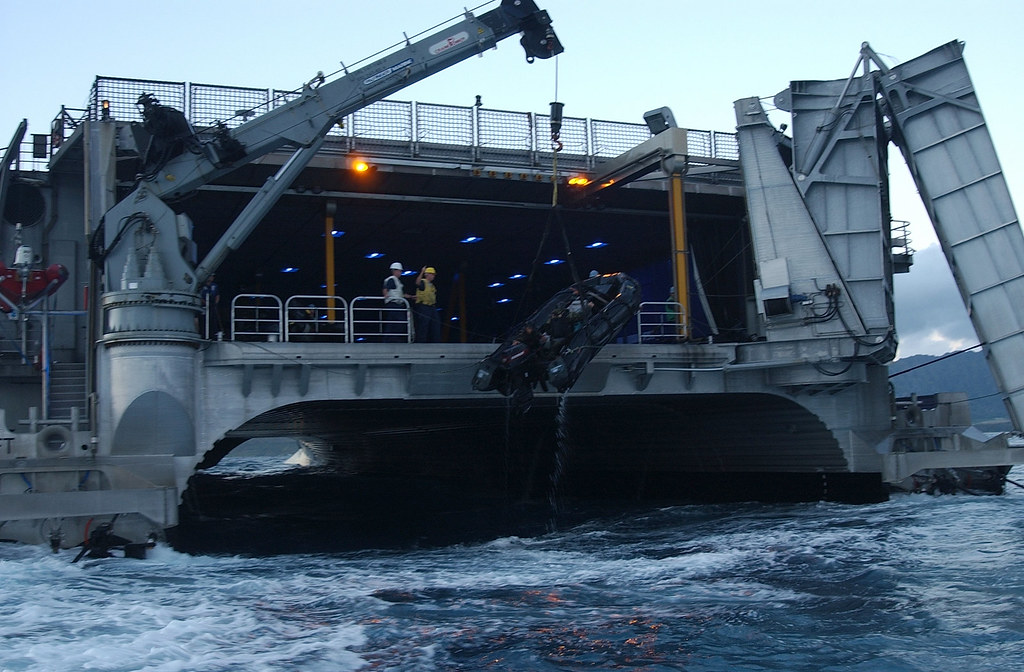
UUVs, capable of performing complex tasks such as maritime surveillance, minehunting, and infrastructure protection, could potentially take on roles that currently necessitate large fleets.
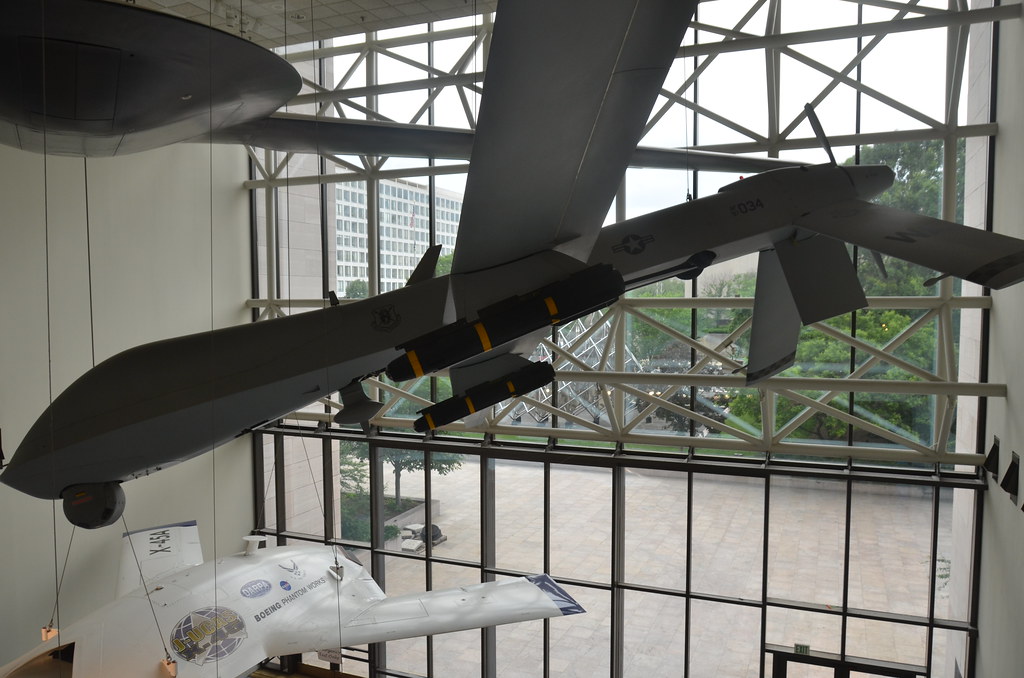
These unmanned systems could provide a complement or even an alternative to manned surface vessels, making the seascape of future conflicts very different from what we’ve known.
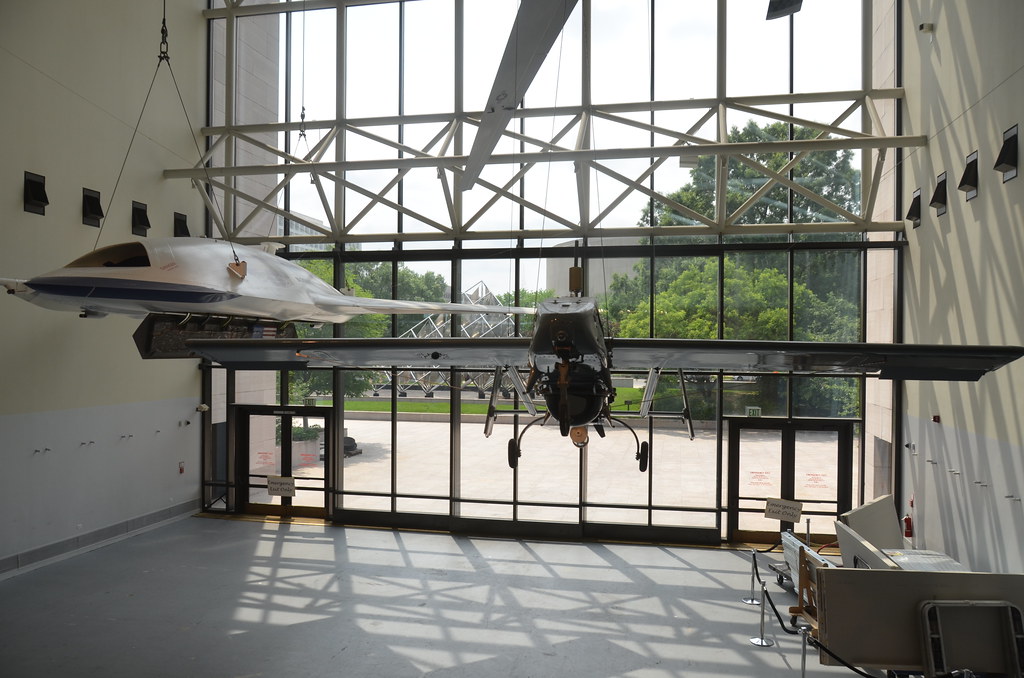
The Navy has not entirely disregarded the potential of UUVs. Initiatives such as the Replicator program aim to deploy hundreds of small, inexpensive air and sea drones to counter threats in critical regions like the Indo-Pacific.
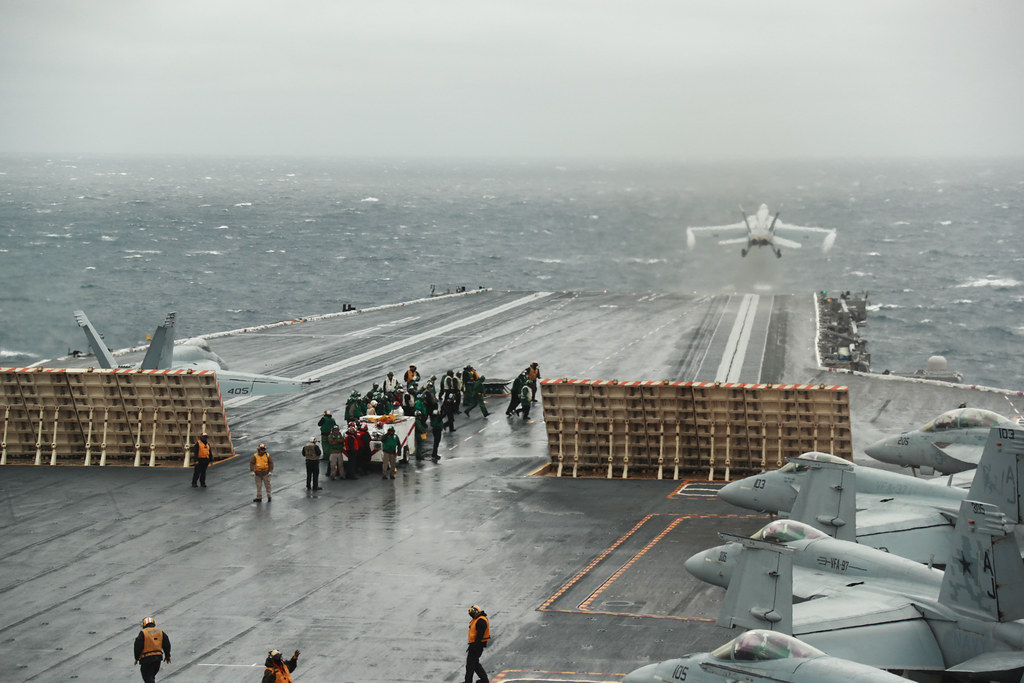
However, the current allocation of funds to UUVs remains a fraction of the Navy’s overall budget, and questions arise about the sufficiency of sailors trained to operate these drones and to analyze the data they collect.
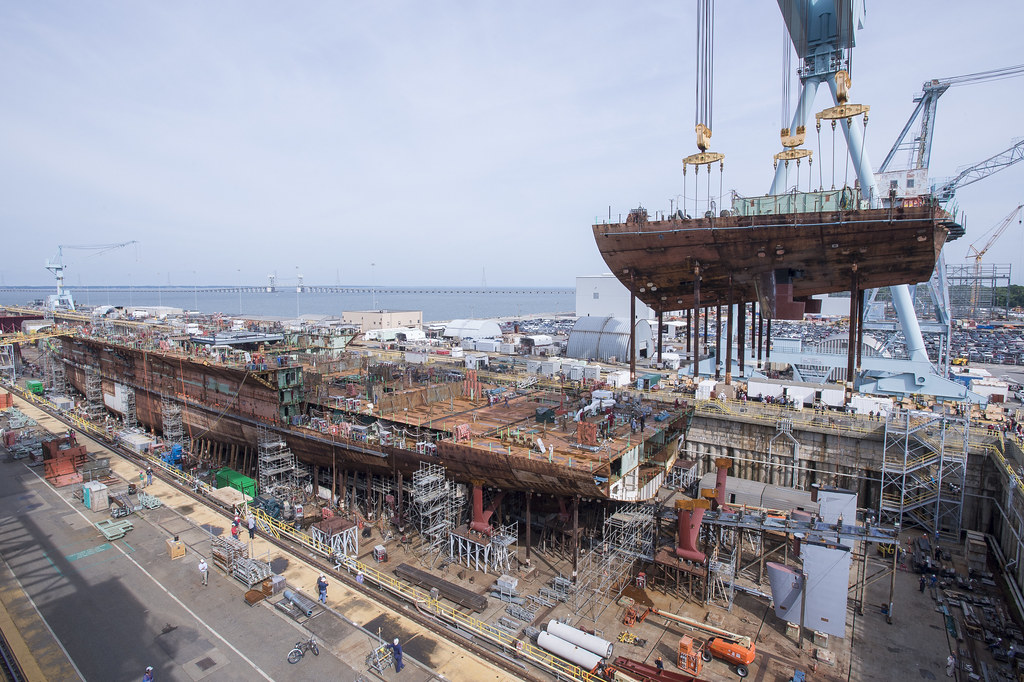
In the wake of changing threat environments and advancements in technology, the US Navy must reassess its focus and adapt to the new dynamics of naval warfare. As geopolitical tensions rise and the rules of engagement evolve, the path forward for maintaining naval superiority will likely include diversifying tactics and platforms, with an eye towards unmanned systems and advanced weaponry.
Relevant articles:
– The Age of the Navy Aircraft Carrier Is Over, The National Interest
– UUV: Three Letters That Could Mean the Aircraft Carrier Age Is Over, The National Interest
– “Floating Pointlessness”: Is This the End of the Age of the Aircraft Carrier?, Vanity Fair
– Aircraft Carrier Enterprise Delivery Delayed by 18 Months, Says Navy, USNI News

